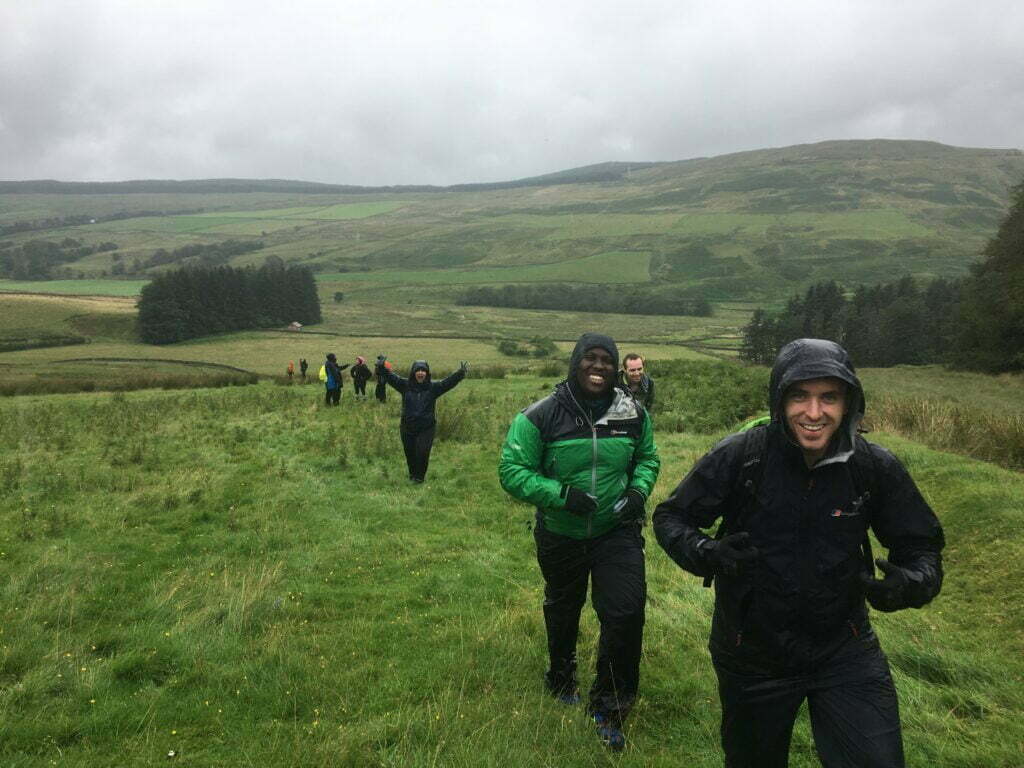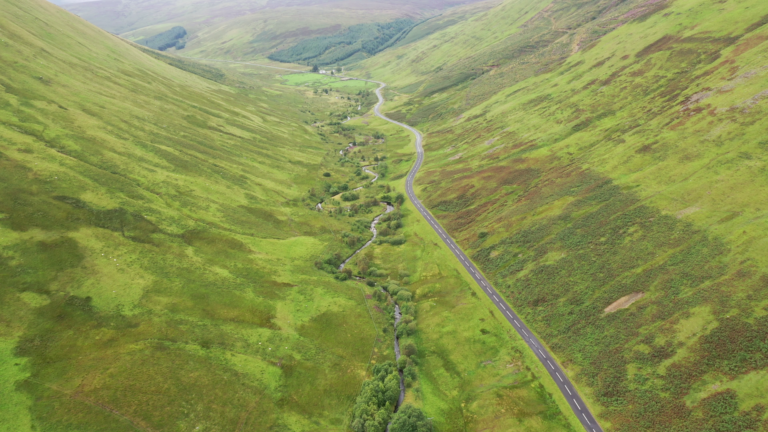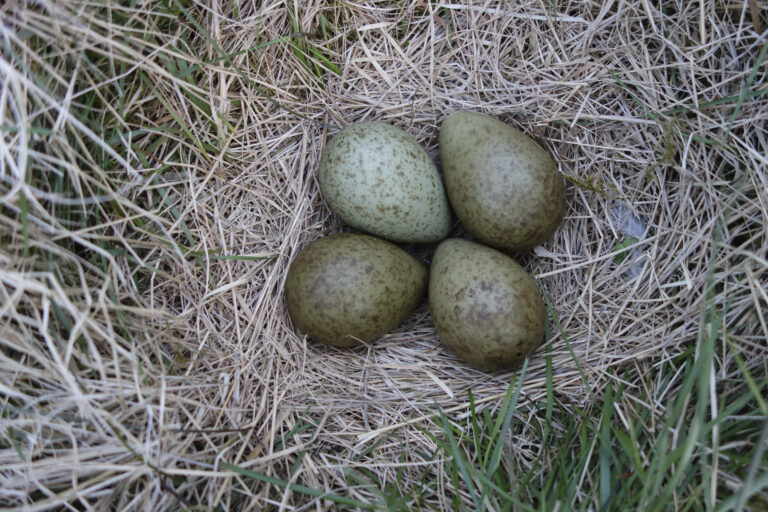Cover photo: Ramblers Scotland
By Helen Todd, Ramblers Scotland campaigns and policy manager
The stereotypical image of Scotland is a land of majestic mountains, untouched glens and native woodland. Yet, in fact, three-quarters of Scotland’s land is agricultural and managed by farmers or crofters.
A fraction of this agricultural land is in the uplands, but much more is close to our cities, towns and villages. It’s the fields, woodlands and grasslands near our homes. It’s where we most often enjoy visits to the outdoors with our friends and families.
The Covid pandemic has shone an intense light upon the value of local farmland and greenspaces to nearby communities. It’s now clearer than ever that spending time in the countryside is vital to our health and wellbeing.
That could mean walking the dog or simply lying on the grass and watching clouds pass overhead. Indeed, research by NatureScot has shown that 77% of people now get outdoors at least once a week, compared to 63% pre-Covid.
This is a positive habit that’s fundamental to tackling Scotland’s many public health challenges. It must be supported by legislation – including creating a farm funding system that incentivises famers to manage their land with nature, climate and people in mind.
While we’re lucky in Scotland to enjoy world-class access rights, it’s important to remember that those rights aren’t just a luxury, but they perform a fundamental public good. Getting into nature boosts our immune systems and builds resilience. It’s also vital for people to understand nature itself.
If a child has never seen a farm, how can they start to learn where our food comes from? If you’ve never experienced the joy of hearing the first cuckoo in spring or watched dragonflies darting over a burn, how on earth would you learn to value nature?
Likewise, seeing first-hand the role nature can play in protecting us from extreme weather events caused by climate change is crucial. New wetlands can reduce flood risk, while more space for wildflowers and grasses helps pollinating insects to thrive.

Photo: Ramblers Scotland
Farming and crofting practices that restore nature can lead to better places for people to enjoy, like pastures teeming with wildflowers, birds and the hum of bees. On the flipside, if people don’t visit and value nature, it’s far less likely they will want their hard-earned taxes to fund nature restoration and recovery.
Most outdoor recreation is free and therefore its benefits are available to everyone. This is really important if we’re serious about reducing health inequalities in Scotland.
But being free for all to enjoy doesn’t mean that outdoor recreation has little economic value. The Scottish Government’s recent natural capital accounts place a value of £62 billion on outdoor recreation, equivalent to 30% of the value of Scottish natural capital assets and bigger than the oil and gas sector. Similarly, VisitScotland estimates the walking market generates up to £1.26 billion to the Scottish economy.
Outdoor recreation is simply too important to the health and economy of the nation for the responsibility for funding infrastructure – such as paths, gates and parking – to always be unfairly heaped on those managing the land. Hotspots need to be managed and visitors need to be educated about their own responsibilities. It’s only right that this should be paid for through public funding.
Otherwise, farmers end up having to resolve problems which they haven’t caused. It’s perhaps understandable that repeated irresponsible behaviour can lead some land managers to seek to lock gates and put up intimidatory signage. But this just creates more barriers for people, deterring them from getting outdoors and causing ill-feeling when access is unlawfully restricted.
Since the Land Reform (Scotland) Act was passed in 2003, rural payments programmes have always included an element of funding for public access. The current programme, Improving Public Access, has been running since 2014 and has handed out over £11 million to farmers and crofters. The money has contributed towards path creation and maintenance, signposts, bridges and benches. It’s also very popular, with more applications being made than funding is available.
Given that the total agricultural funding for 2022-3 in Scotland is almost £800 million, this is a drop in the ocean but it’s absolutely vital that this access element continues – and increases – in any new scheme.
Most farmers have no incentive to fund public access on their land, unless they happen to also run a business like a farm shop and café which could benefit from keeping customers in the area for longer. More likely, however, they are working for the benefit of the wider community and for our public health more generally. That’s why we need to ensure they are supported.
This doesn’t need to be for costly infrastructure. Simply incentivising farmers to leave wide field margins in each field would create a rudimentary walking network quickly and cheaply. Currently, losing a strip of productive land can lead to farmers being financially penalised and this needs to be changed.
Field margins also benefit nature and can act as a buffer against diffuse pollution. Mowing certain margins to create a route through farmland will encourage people to use them and leave the remaining margins for ground nesting birds or pollinators. Paths also help farmers to predict where most people are likely to be walking, and therefore it’s easier to manage their land overall.
With 40-degree temperatures in Britain this summer highlighting that the climate and biodiversity crises are truly upon us, it’s clear that the status quo is no longer tenable. Farmers and crofters can all positively contribute to turning this situation around.
It’s also vital to remember that public access is a part of a thriving rural economy as well as providing huge benefits to our health and wellbeing. It’s only right that future funding is designed to benefit nature, climate and people.
Disclaimer: The opinions expressed in this blog are the author’s and do not necessarily represent the views of all the organisations backing the Farm for Scotland’s Future campaign.




